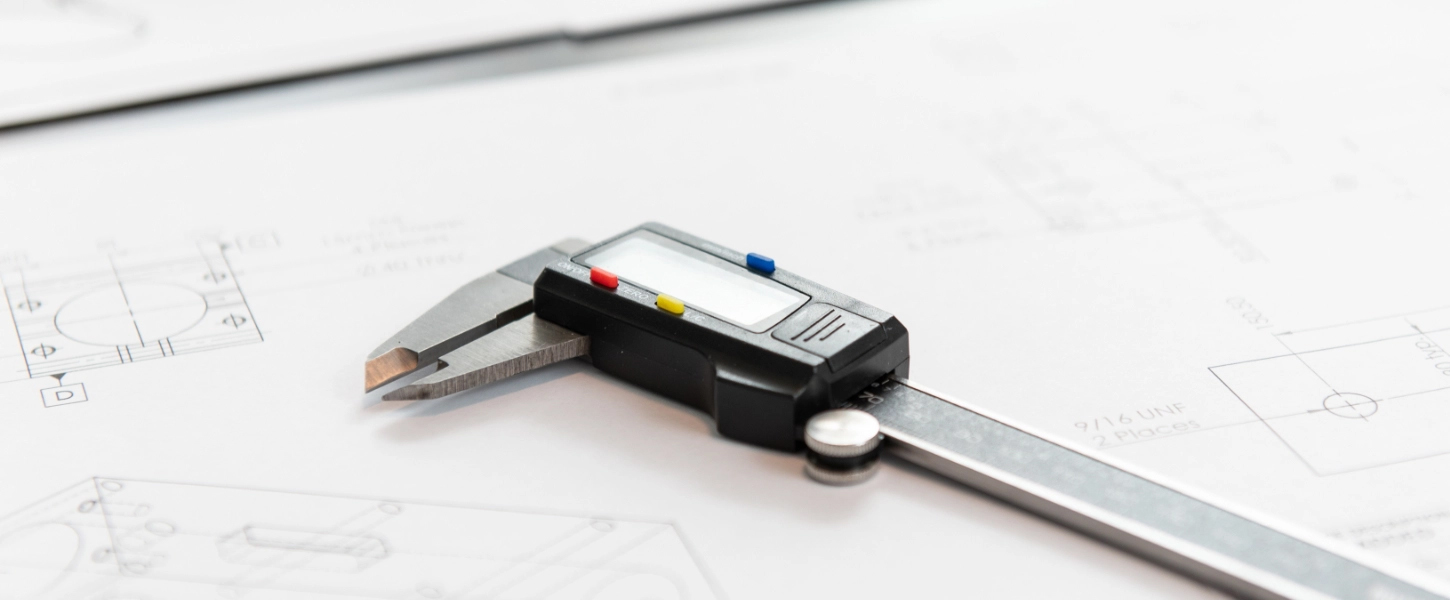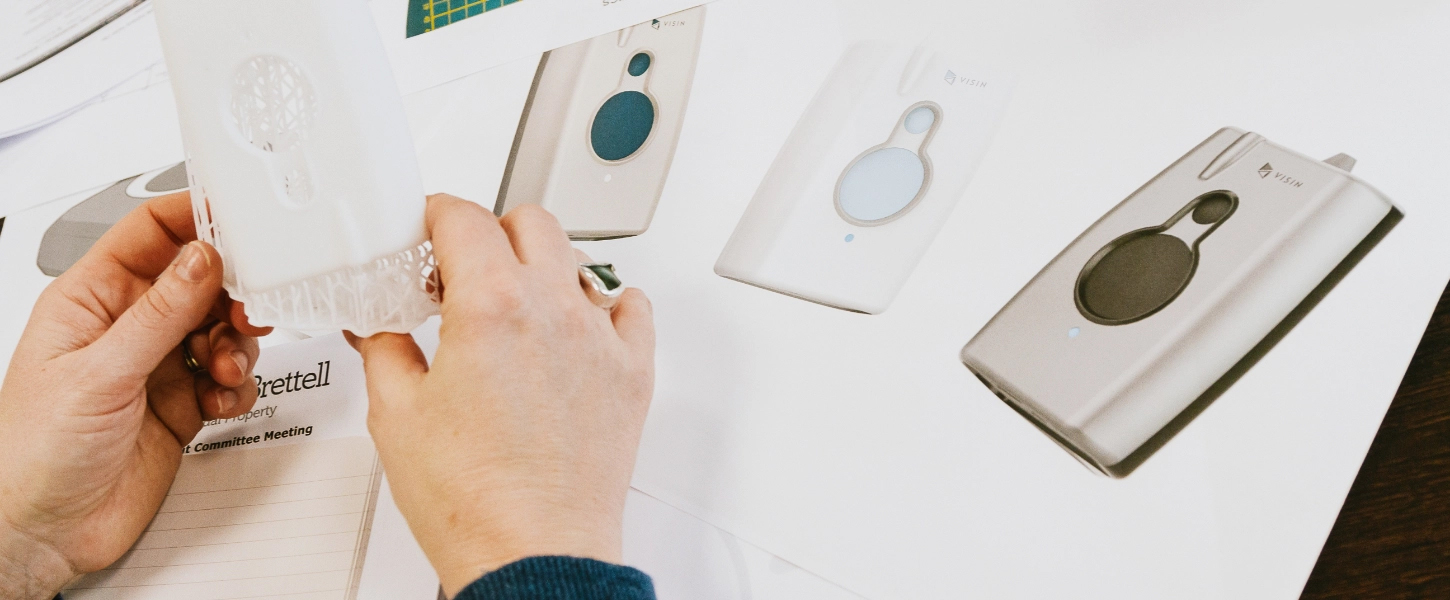Copyright
Copyright is an unregistered right that comes into being automatically so is easily obtainable. It can be used to prevent others reproducing your work or dealing with unauthorised copies. Only specific types of work are eligible for protection. A significant amount of copyright may be created during the design process. Often this is the only way to prove what you have and enforce it against others. It’s therefore good practice to document copyright properly.

Would my product qualify?
Copyright protection covers:
- Original literary
- Dramatic, musical or artistic works
- Sound recordings, films, broadcasts or cable programmes
- The typographical arrangement of published editions
- Computer programmes.
How long does copyright last?
It lasts longer than any other intellectual property right. Typically as long as the life of the creator of the copyright work plus seventy years. However for artistic works industrially manufactured to produce more than 50 copies, it’s reduced to 25 years from first marketing of the work.
Who owns the copyright in the work?
The author of a work generally owns it unless the design was made during the author’s employment. In this case, it belongs to the employer. That is, unless there’s an agreement that says otherwise, then that takes precedence.
Works created under commission will belong to the designer. A written assignment between the author and the commissioning part (signed by both parties) is needed to assign the copyright to the commissioning party. To avoid uncertainty and potential disputes, it’s important that ownership rights and the rights to exploit the copyrighted work, are agreed in writing at the outset.
How do I get copyright protection?
Copyright comes into being automatically. For literary, dramatic and artistic works, it only subsists when the work is recorded in writing or otherwise. It’s therefore important that sufficient records are maintained as to when and by whom a work was made so that existence of copyright can be established.
Registration of copyright is not necessary or possible in the UK/EU. Works created on a computer will have time/date stamps. For other works, you may need to prove the date of creation therefore consider depositing a signed and dated copy of the relevant work with a solicitor, bank or IP firm such as Barker Brettell.
How is copyright infringed?
It is infringed only by unauthorised reproduction of the work in question, or of a substantial part of that work. Dealing with infringing copies (such as selling or importing them) may also be considered infringement. However it is not infringed by independent creation of the same work. For example, reproducing somebody else’s photographs and including them in a book would infringe it.
Infringement may also occur by unauthorised distribution or installation of programs, copying and/or modification of source and/or object codes. Conversely, legitimate users of a programme (such as those who have legally obtained the work or a license to use the work) are entitled to make security backup copies of it. They may also carry out ‘reverse engineering’ and use its operating principles without infringement.
To help assert copyright, each item of works should be dated and marked “copyright of…”. Alternatively the symbol © can be used with the date and name of the copyright owner e.g. © YEAR NAME. This will provide information to third parties and may have a deterrent effect on competitors considering copying that work.



